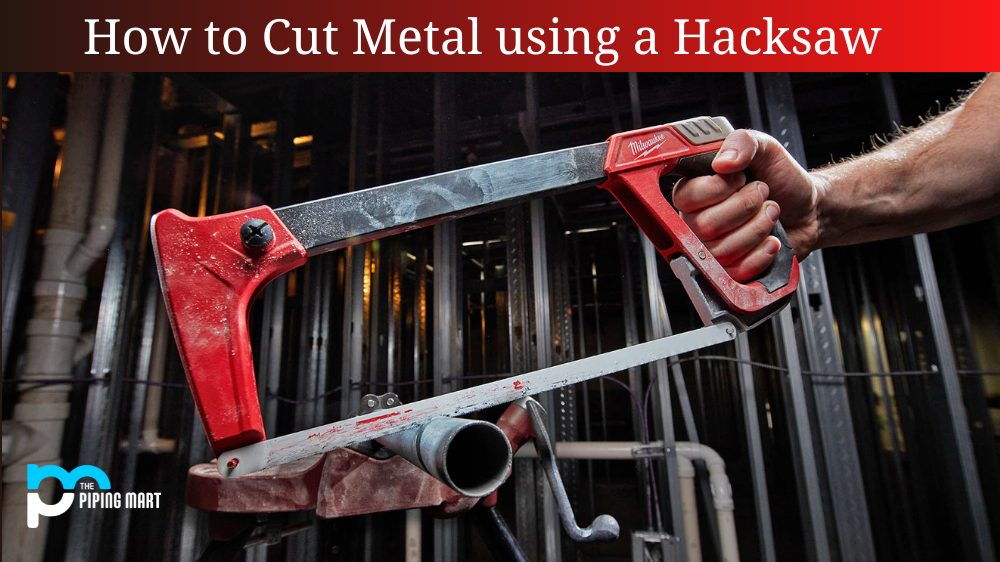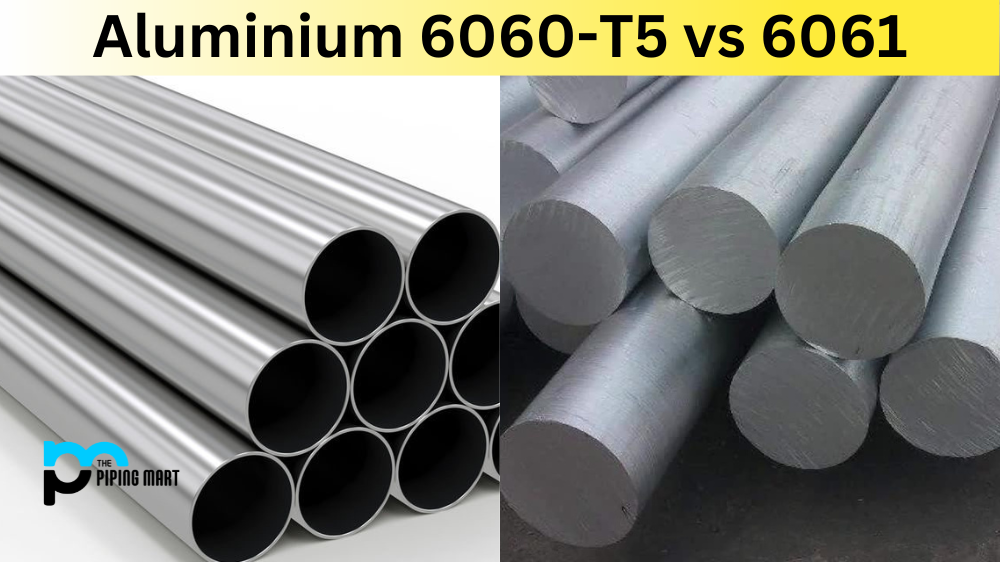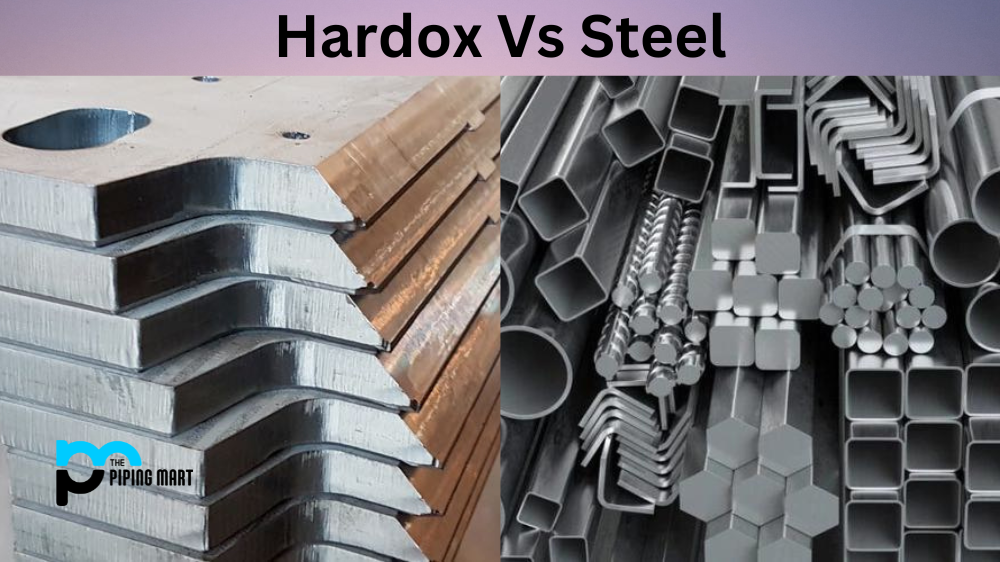In the world of steel, numerous standards and specifications need to be followed to ensure the desired outcome of a final product. However, two of the most commonly used standards are ASTM A569 and A1011. While both may seem similar, underlying differences could affect the quality of the finished product. This blog post will comprehensively compare ASTM A569 and A1011 to help you understand their similarities and differences and which is right for your project.
Difference Between ASTM A569 and A1011
Similarities
Let’s begin with the similarities between the two standards. ASTM A569 and A1011 both belong to the category of hot-rolled carbon steel. Both specifications cover steel sheets in coils and cut lengths with various sizes and thicknesses. Additionally, both are designed for use in moderate and lower temperature services.
Chemical Composition
One of the main differences between ASTM A569 and A1011 is their chemical composition. A569 has a maximum carbon content of 0.15%, whereas A1011 allows up to 0.15% to 0.25%. This difference in carbon content affects the strength and ductility of the steel. Simply put, A1011 has higher tensile strength and yield strength than A569. Furthermore, A569 has no alloying elements, while A1011 has added alloying elements like Vanadium, Titanium, and Columbium. These added elements can enhance formability and make A1011 suitable for deep blanking and complex forming operations.
Surface Quality
Another critical factor that separates A569 and A1011 is their surface quality. A569 is known for its poor surface quality, which requires additional surface treatment (i.e., painting or galvanizing) to protect against corrosion. On the other hand, A1011 offers good surface quality, which makes it more suitable for applications that require a smooth and clean surface.
Application of the Standards
The application of both standards can be different depending on the nature of the project. A569 is commonly used for structural purposes that don’t require high-level corrosion resistance, like building frames, truck trailers, and agricultural equipment. A1011 is used for high-end applications like automotive parts, railcar components, appliances, etc.
Cost Factor
Lastly, the cost factor between A569 and A1011 can vary. A569 generally falls in the lower price range as it doesn’t offer the same level of strength, alloying elements, or surface quality as A1011. However, it must be noted that cost also largely depends on the size, thickness, and quantity of the steel product required.
Conclusion
In conclusion, ASTM A569 and A1011 offer different properties and benefits, determining their suitability for specific applications. While A1011 is more suitable for high-end applications due to its high tensile strength, added alloying elements, and improved surface quality, A569 is more budget-friendly and is perfect for non-critical structures. The key is to understand the specifications and requirements of your project before choosing between the two. We hope this comprehensive comparison between A569 and A1011 provides valuable insights and helps you make an informed decision.

Abhishek is a seasoned blogger and industry expert, sharing his insights and knowledge on various topics. With his research, Abhishek offers valuable insights and tips for professionals and enthusiasts. Follow him for expert advice on the latest trends and developments in the metal industry.




